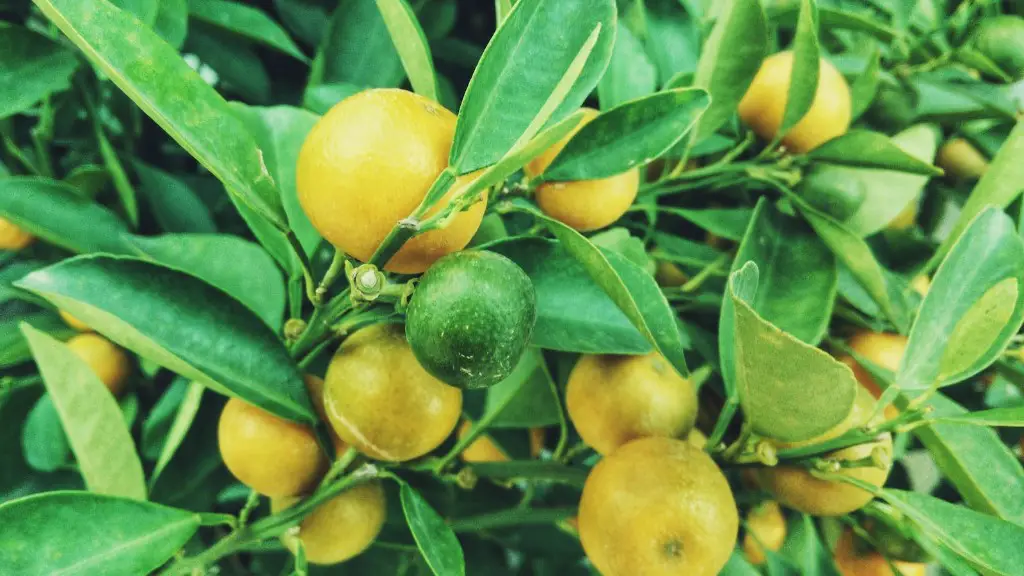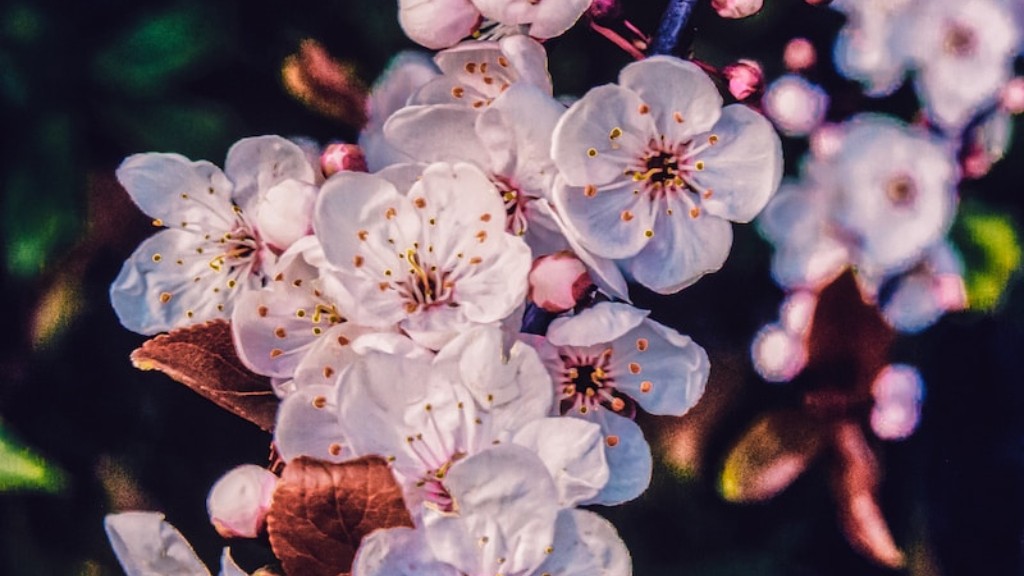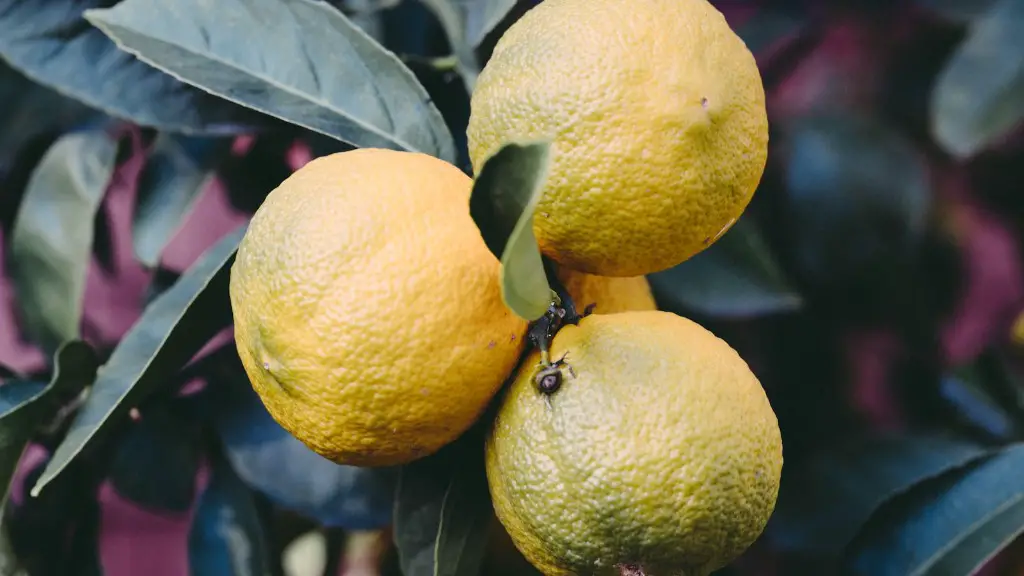Determining whether a tree is an apple tree or a crabapple tree is important for a variety of reasons. Firstly, apple trees typically produce apples for eating, while crabapple trees produce small, bitter apples that aren’t suitable for human consumption. Secondly, the fruit from crabapple trees are often a valuable food source for animals, and recognizing them can be important to the local wildlife. Thirdly, apple trees have different pest and disease management requirements than crabapple trees, so it’s important to correctly identify a tree for optimal care. Here’s how to tell an apple tree from a crabapple tree.
Flowers
The first sign to look for is the flowers. Apple trees typically have white flowers with a pink blush, while crabapple trees usually have white or pinkish flowers. The flowers also tend to form in larger clusters on apple trees, while crabapple flowers bloom in smaller groups.
Fruits
The size, shape and taste of the fruits are distinct between apple trees and crabapple trees. Apples are typically large and round, with a sweet taste, while crabapples are much smaller, more oval-shaped and bitter to taste. Apples trees also produce fruits that have larger seeds, while crabapple seeds are much smaller. Additionally, apples are firm, crunchy and juicy, while crabapple fruits are harder, drier and less juicy.
Leaves
The leaf shape, color and size can also be helpful for identification. Apple tree leaves tend to be less papery and wider than crabapple tree leaves. They’re also typically bright green, while the leaves of crabapple trees are a more medium green hue. The edges of the leaves on apple trees are usually wider and more rounded than those on crabapple trees, which are more pointy.
Branches and Bark
The branches and bark of the two types of trees are noticeably different. Apple branches are often short, stout and gray or gray-brown, while crabapple branches are longer and thinner, and tend to be dark gray or close to black. In addition, apple tree bark is usually gray, while crabapple tree bark often has a bright orange hue.
Growth Patterns
Finally, the growth patterns of apple and crabapple trees are different. Apple trees are usually columnar and upright, while crabapple trees take on a more vase-like shape, with a wider canopy. Apple trees tend to have a single, main trunk, while crabapple trees have multiple branches sticking out from a single main stem.
Size
The size of a tree is also important when identifying it as an apple tree or a crabapple tree. Apples can grow up to 30 feet in height, while crabapples usually reach a height of 15-20 feet. Additionally, the root systems of apple trees spread around 9 feet in all directions, while crabapple root systems usually spread between 6 and 9 feet.
Fruiting
Fruiting helps with identification in some species, as apple trees typically fruit one to two years after planting while crabapple trees often fruit the same year they’re planted. In fact, some crabapple trees may even produce fruit before the leaves emerge. Additionally, apple trees generally produce slightly larger, juicier fruits than crabapple trees.
Time of Year
Time of year can also be an indicator of whether a tree is an apple or crabapple. Generally, apple trees start forming fruits in April or May and are ripe for harvest September through to November. By comparison, crabapple trees begin forming fruits in late spring or early summer and ripen around late summer and early fall.
Shape of Fruit
Finally, the shape of the fruit is a helpful way to tell an apple and crabapple tree apart. Apple fruits tend to be rounder, while crabapples are often flatter and rounder. In addition, apples can come in either red, green or yellow colors, while crabapples are usually red or orange.
Pests and Diseases
It’s important to also keep in mind that apple and crabapple trees have different pest and disease management needs. Apple trees are highly susceptible to codling moth, apple maggot, aphids, and rust diseases, among others, while crabapple trees are susceptible to pests and diseases such as apple scab and fire blight. Additionally, the fruits of the two types of trees often have different shelf lives.
Nutritional Content
Apple and crabapple fruits also have different nutritional content. For example, Apple fruits generally contain more vitamins and minerals than crabapples, while crabapple fruits typically contain more antioxidants. Additionally, apples are usually higher in sugar content than crabapples, which can make them a better choice for baking.
Soil Requirements
In terms of soil requirements, both apple and crabapple trees prefer similar soil conditions, such as well-drained soil with a pH of 5.5-7.5. The main difference is that crabapple trees may require a bit more soil moisture than apple trees. Additionally, crabapple trees benefit from more mollified soil and less aggressive fertilizer.


